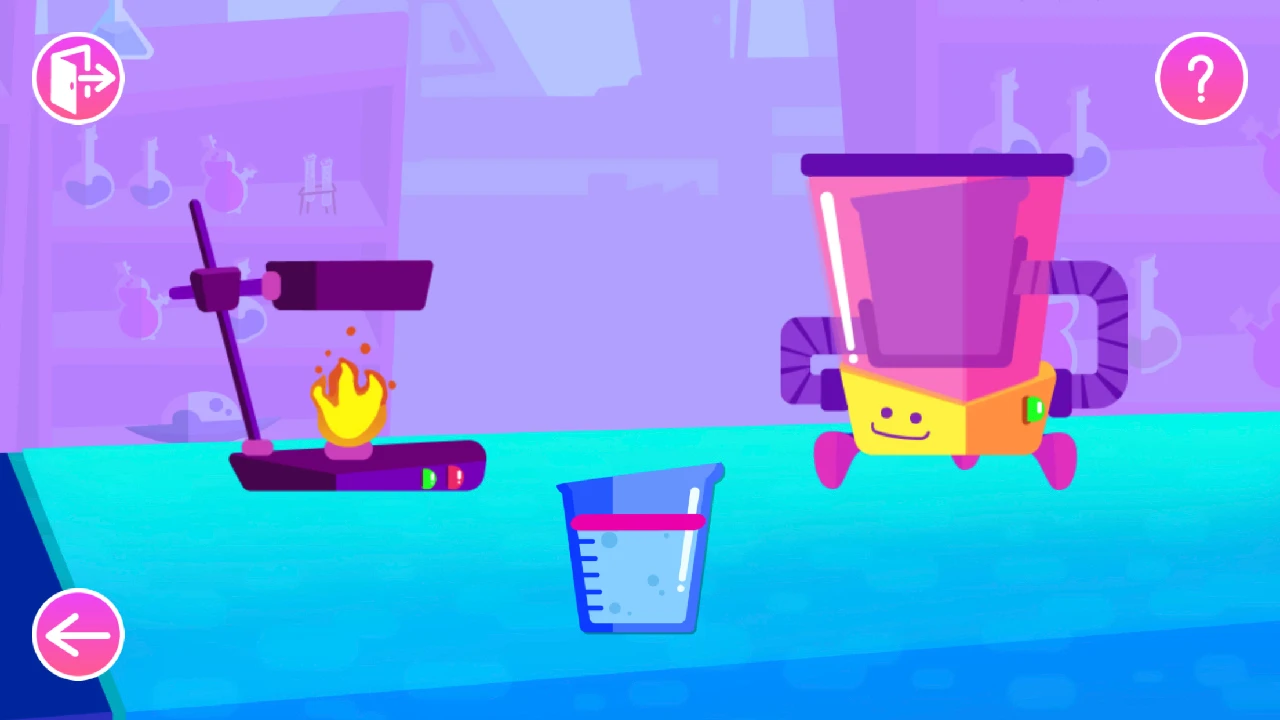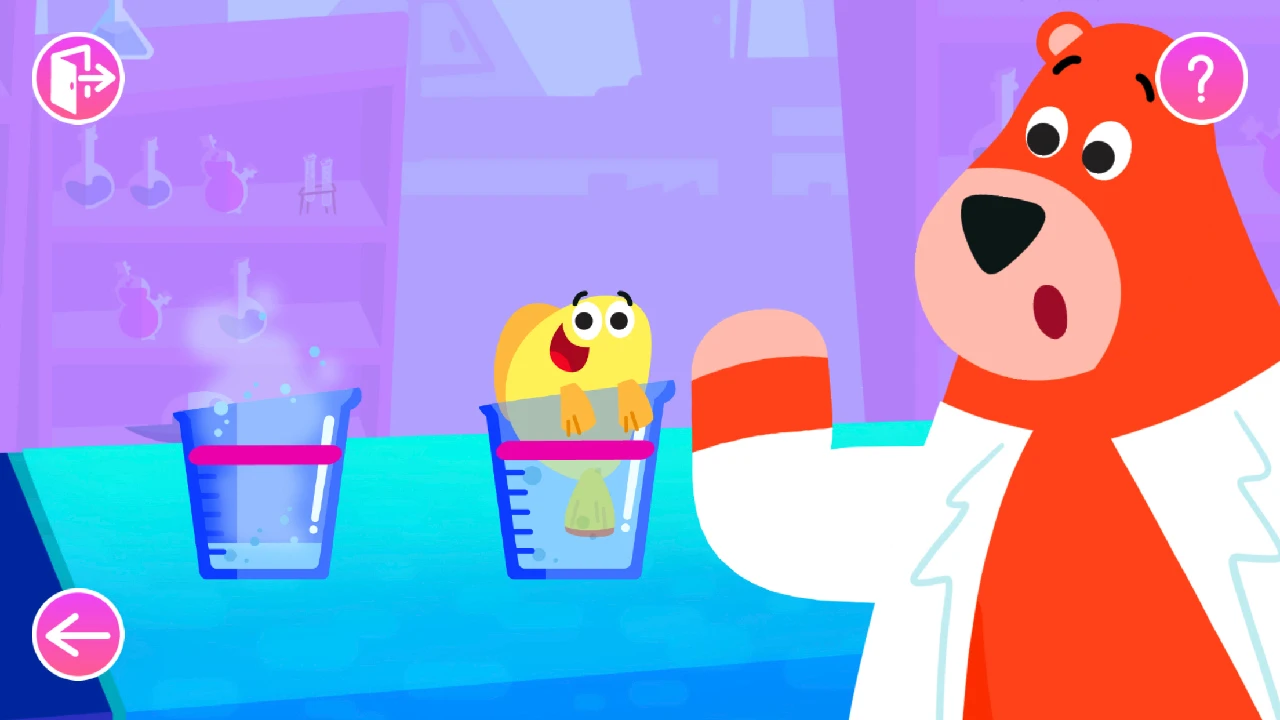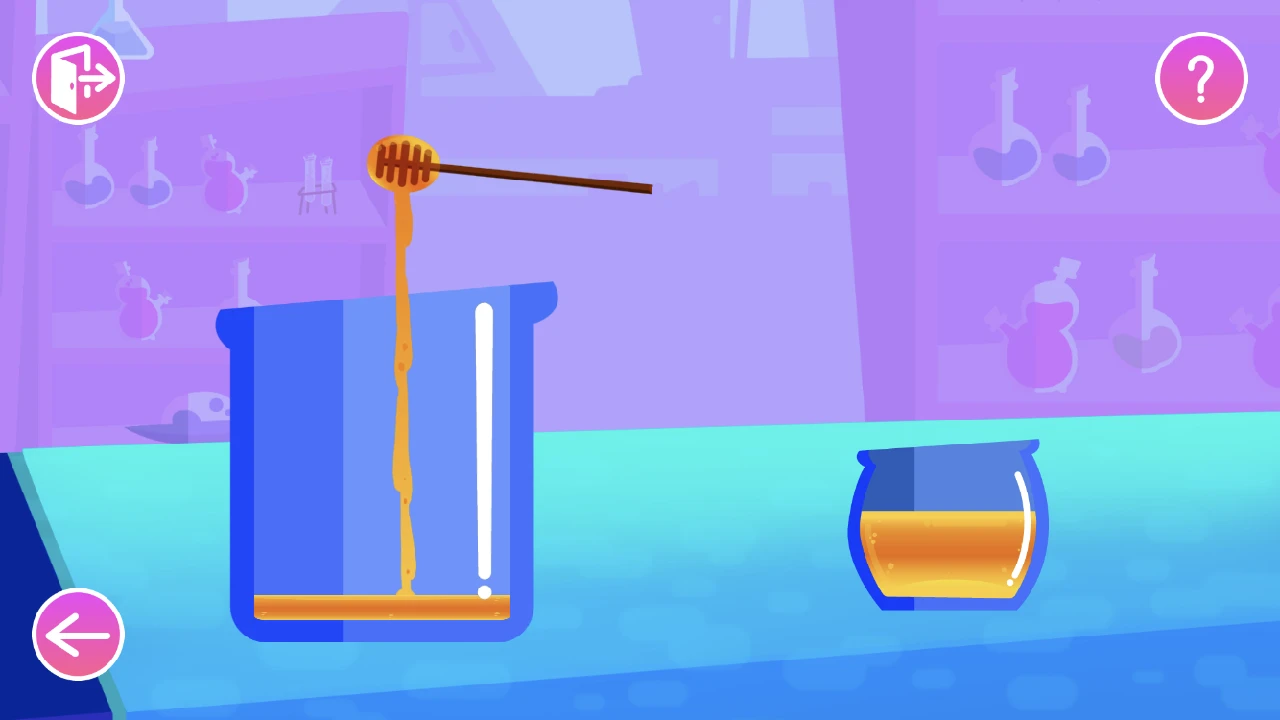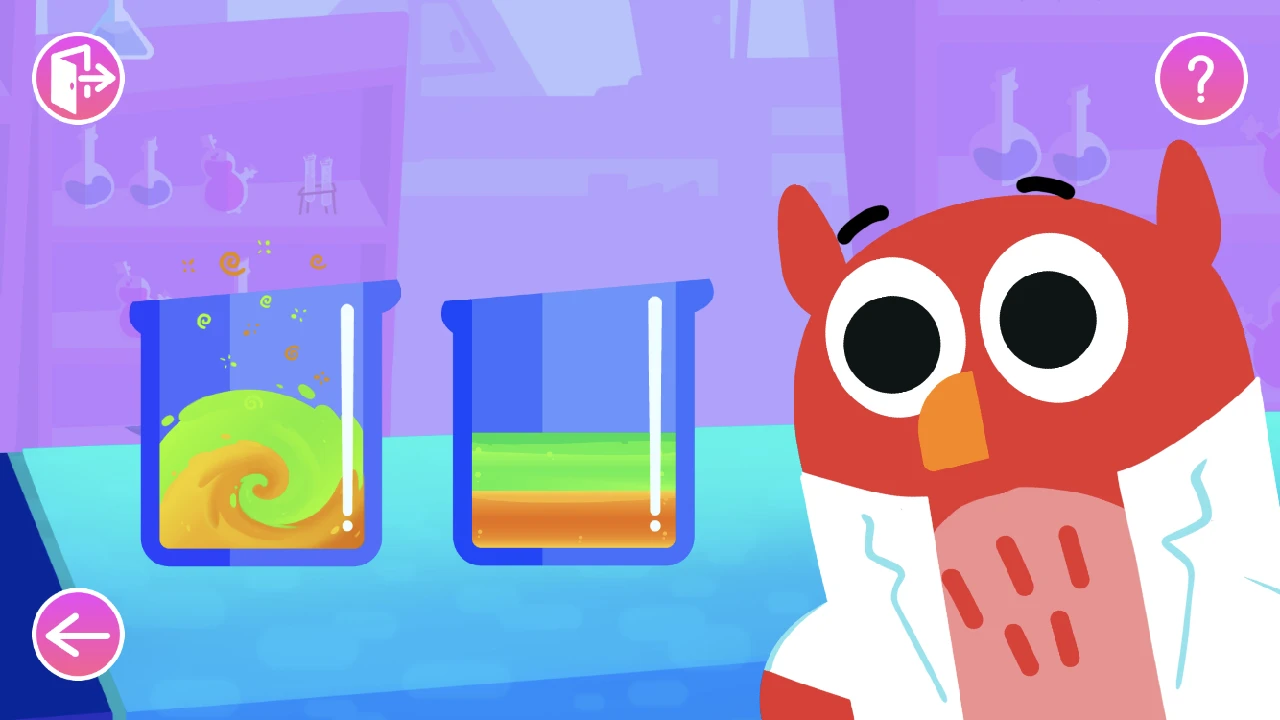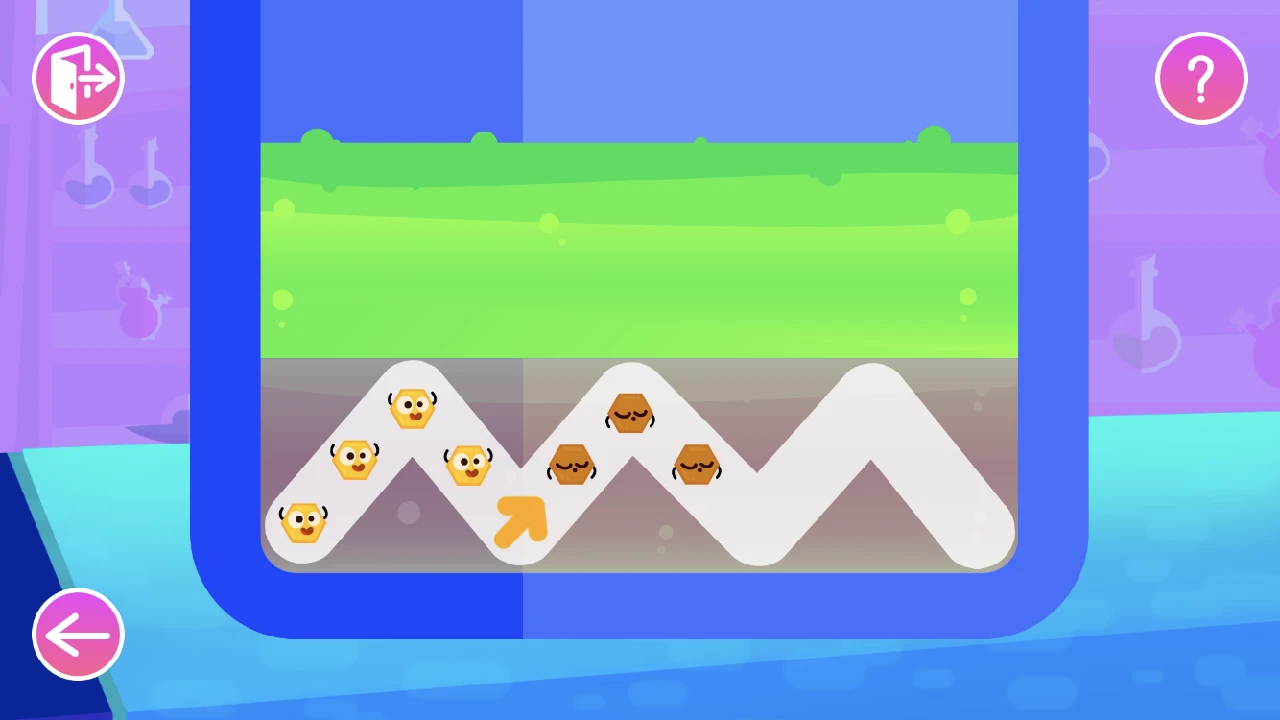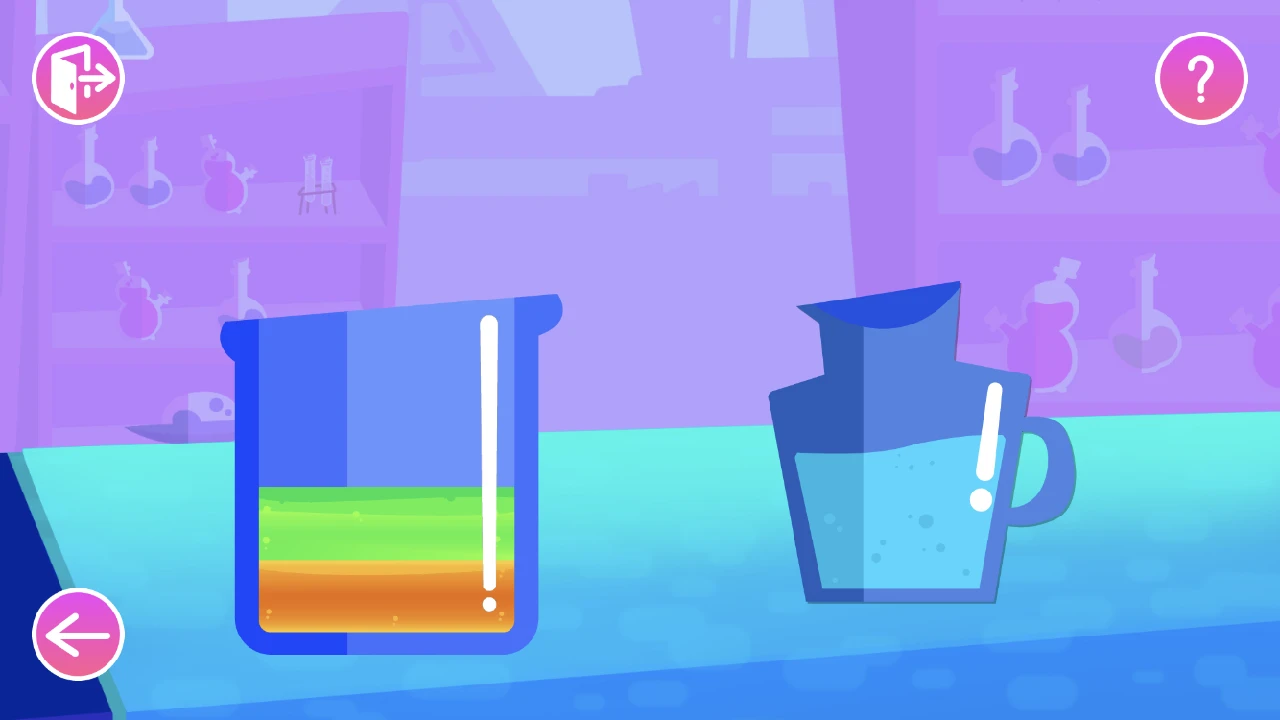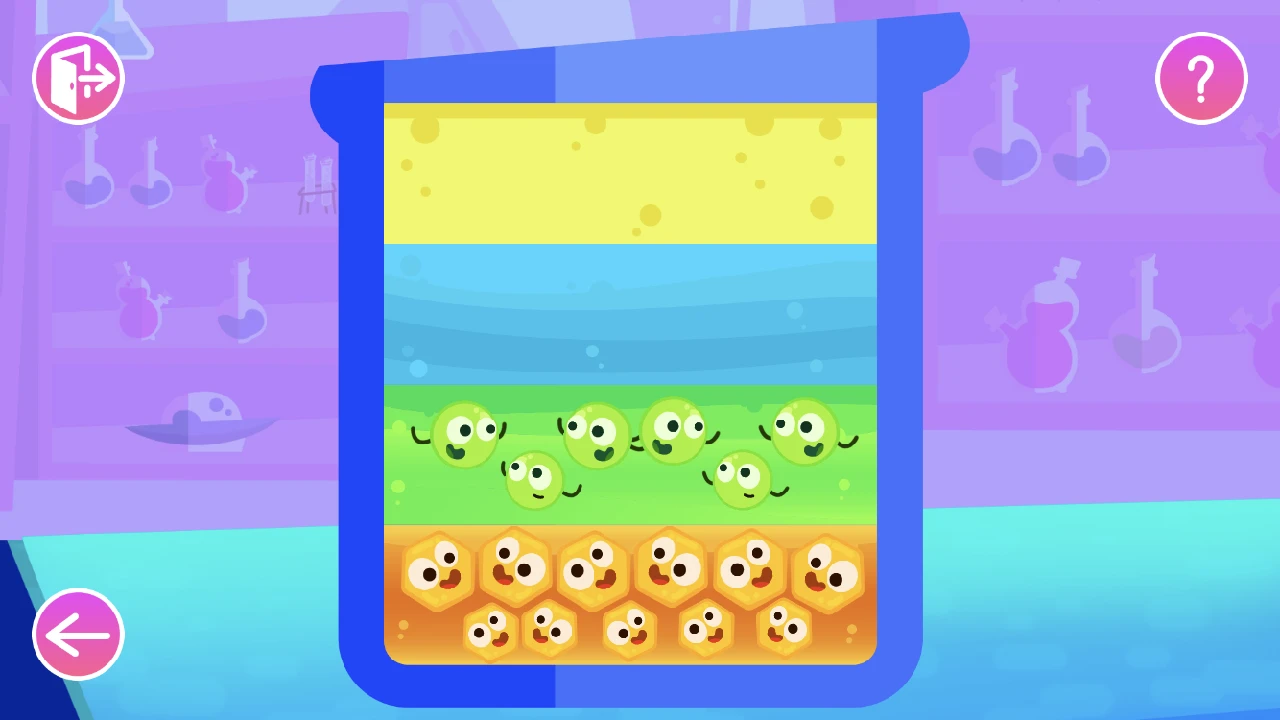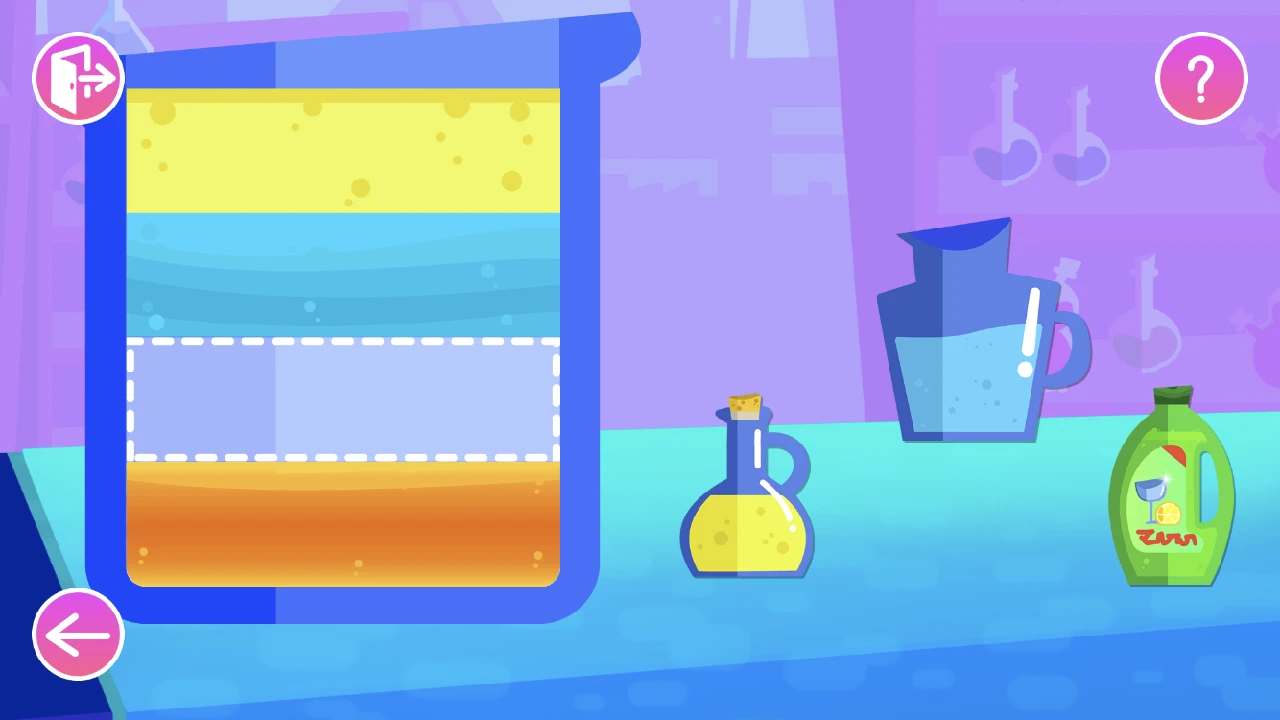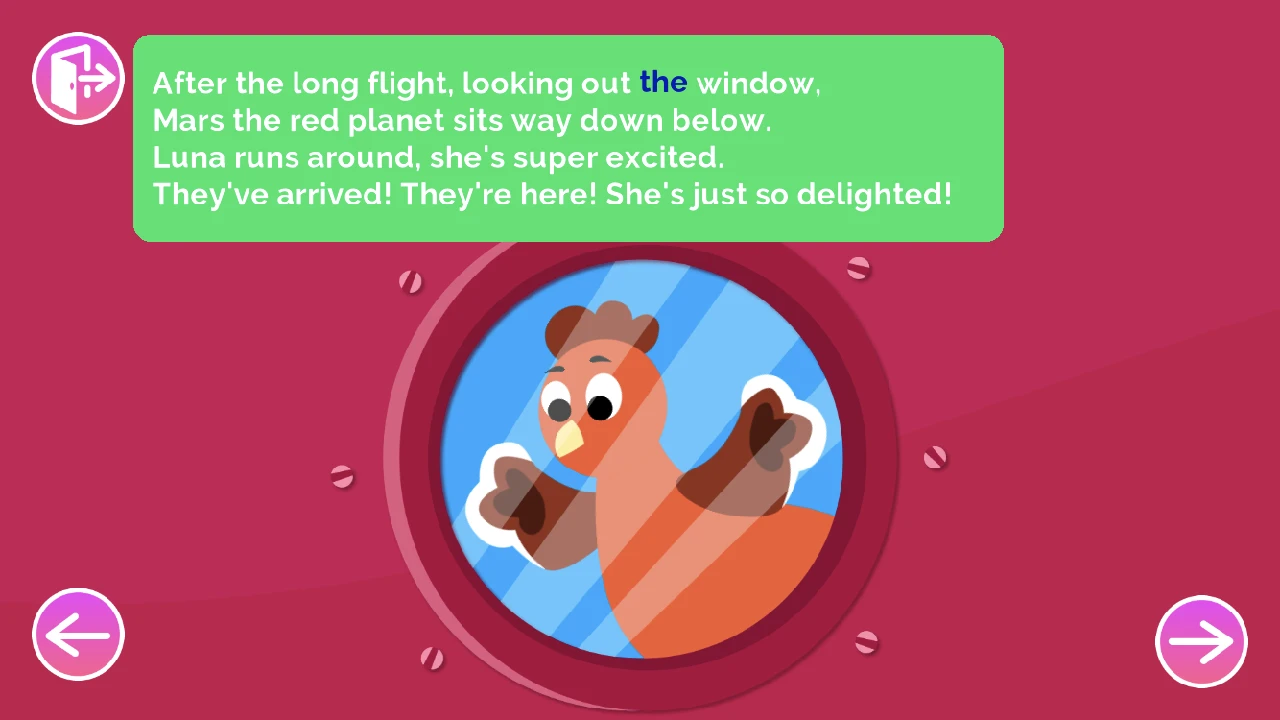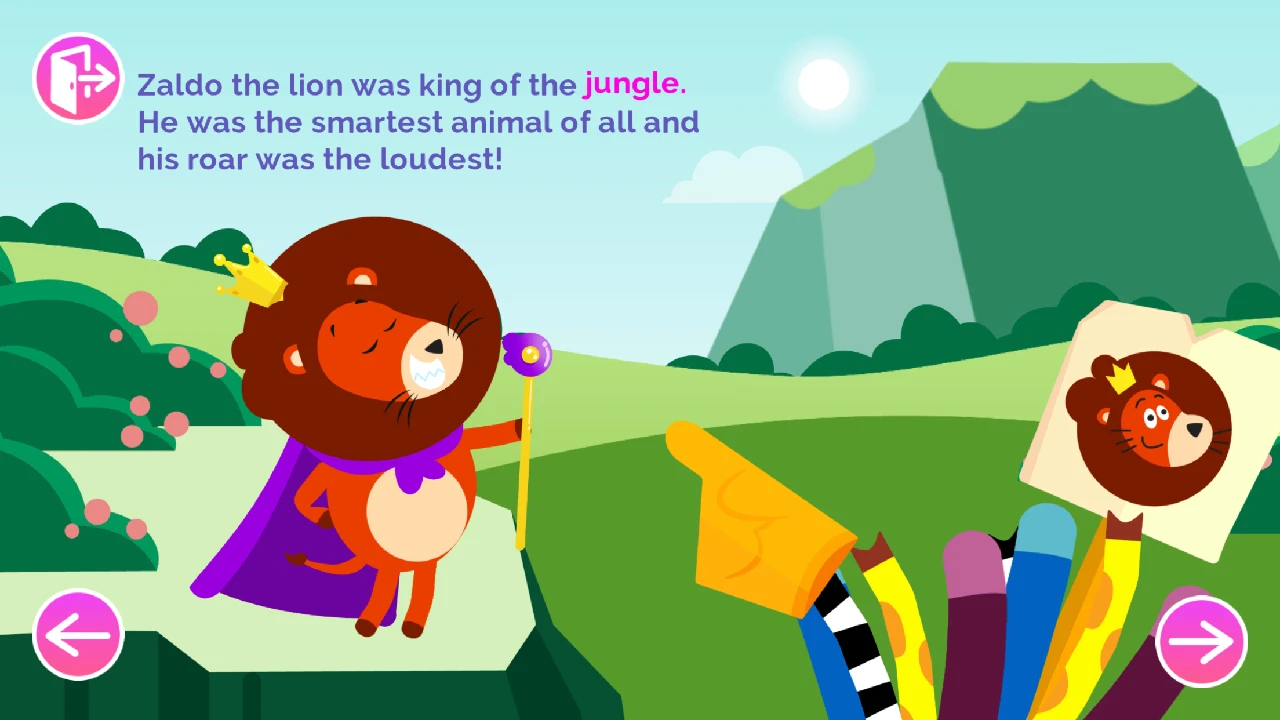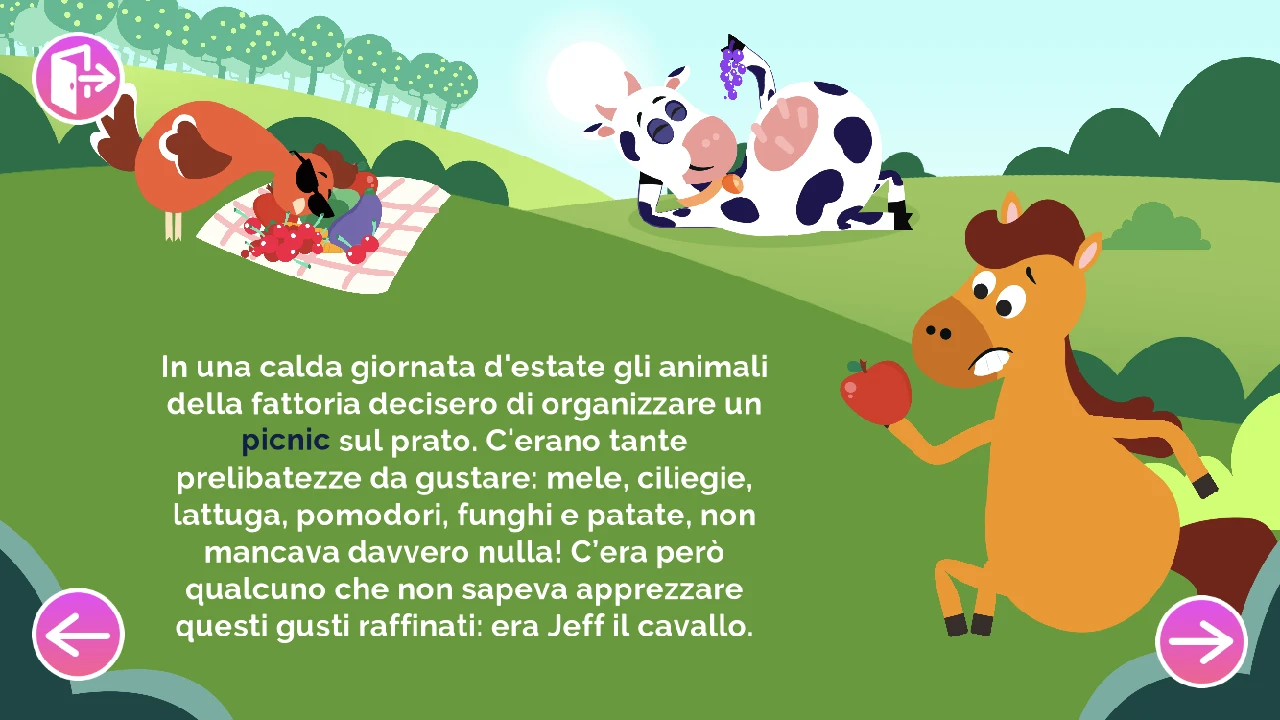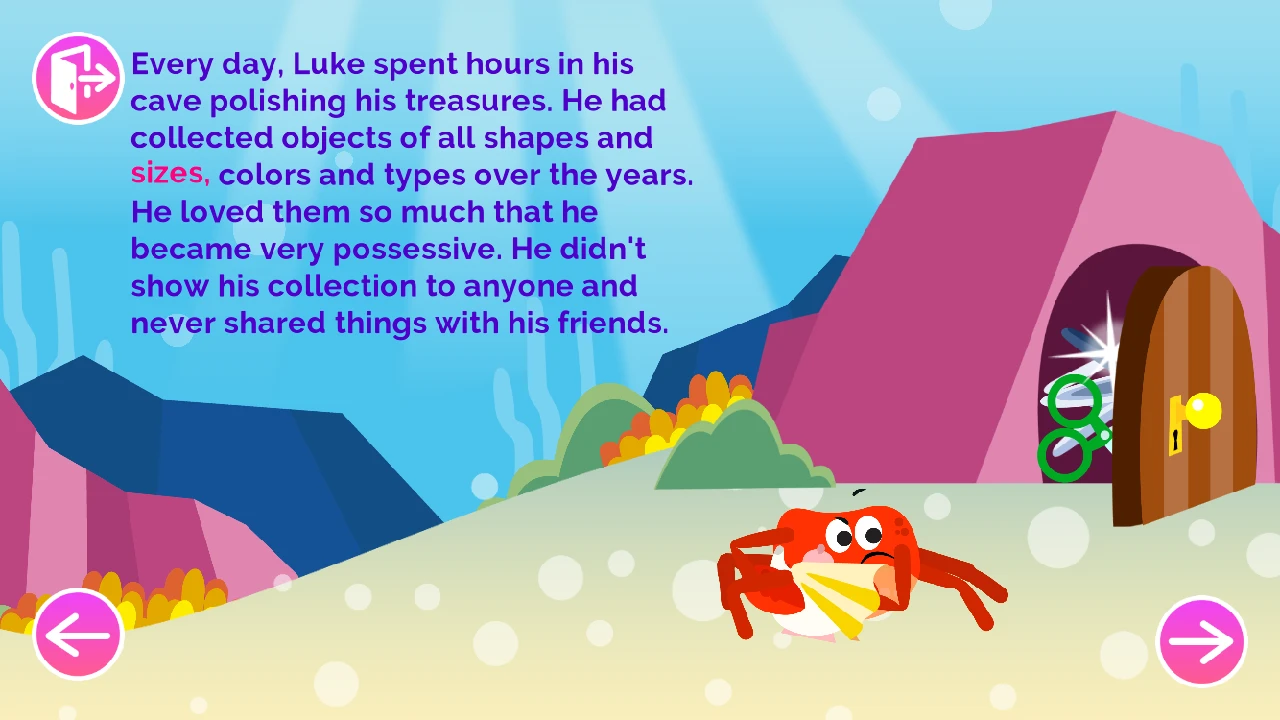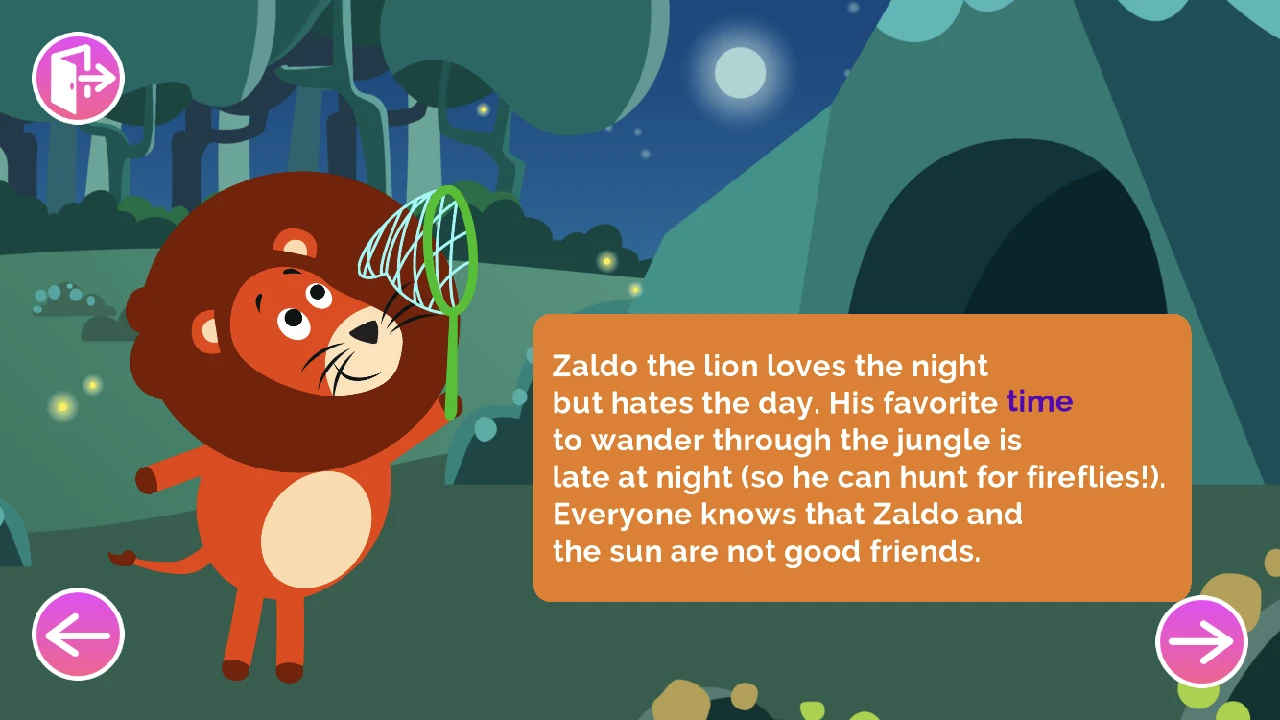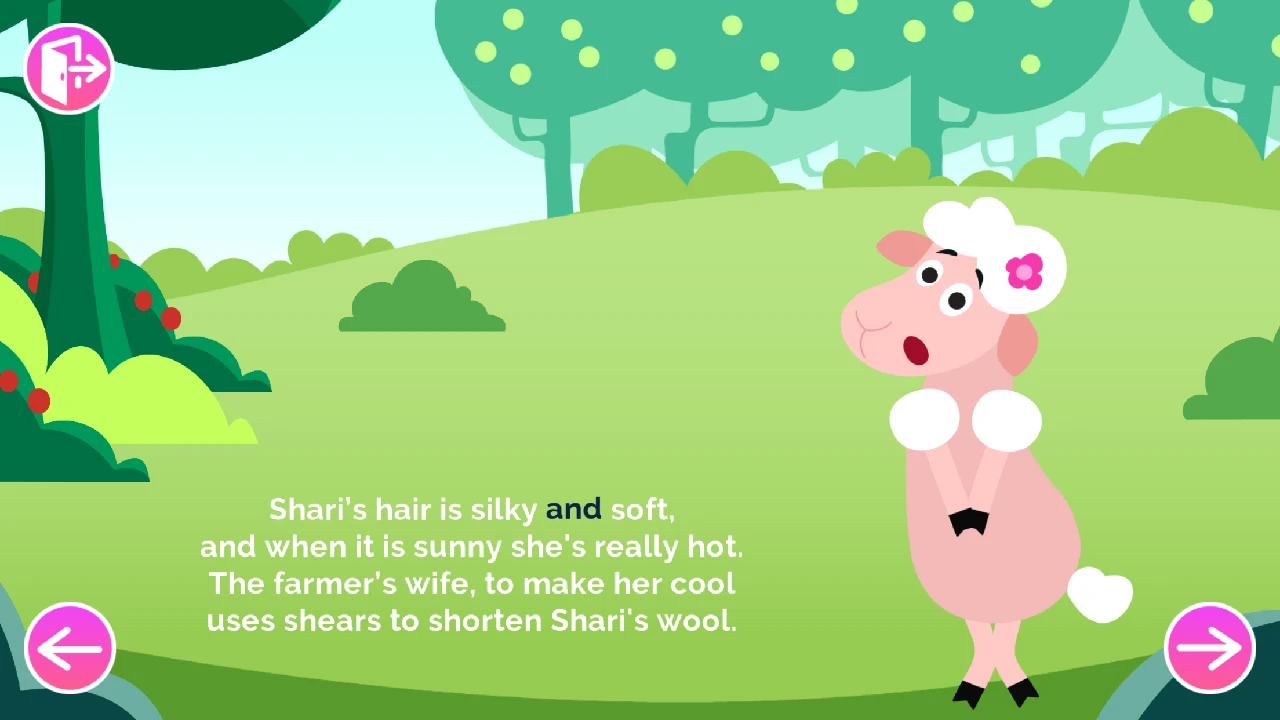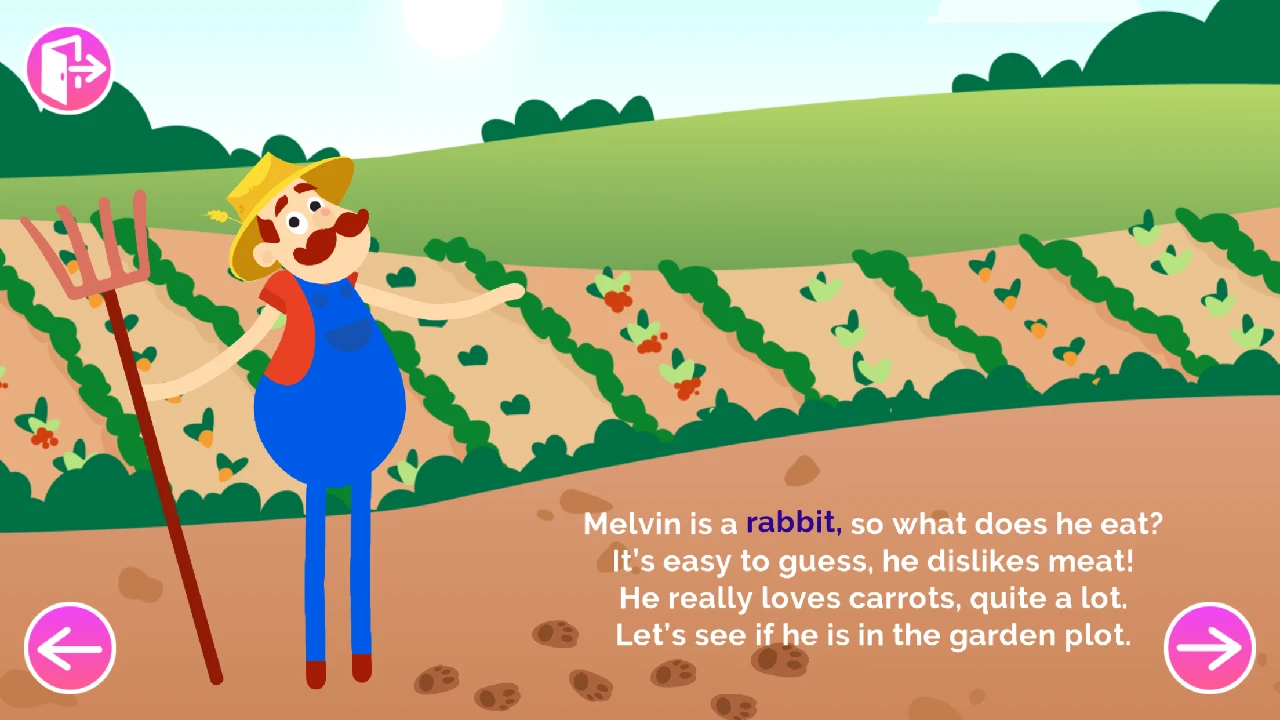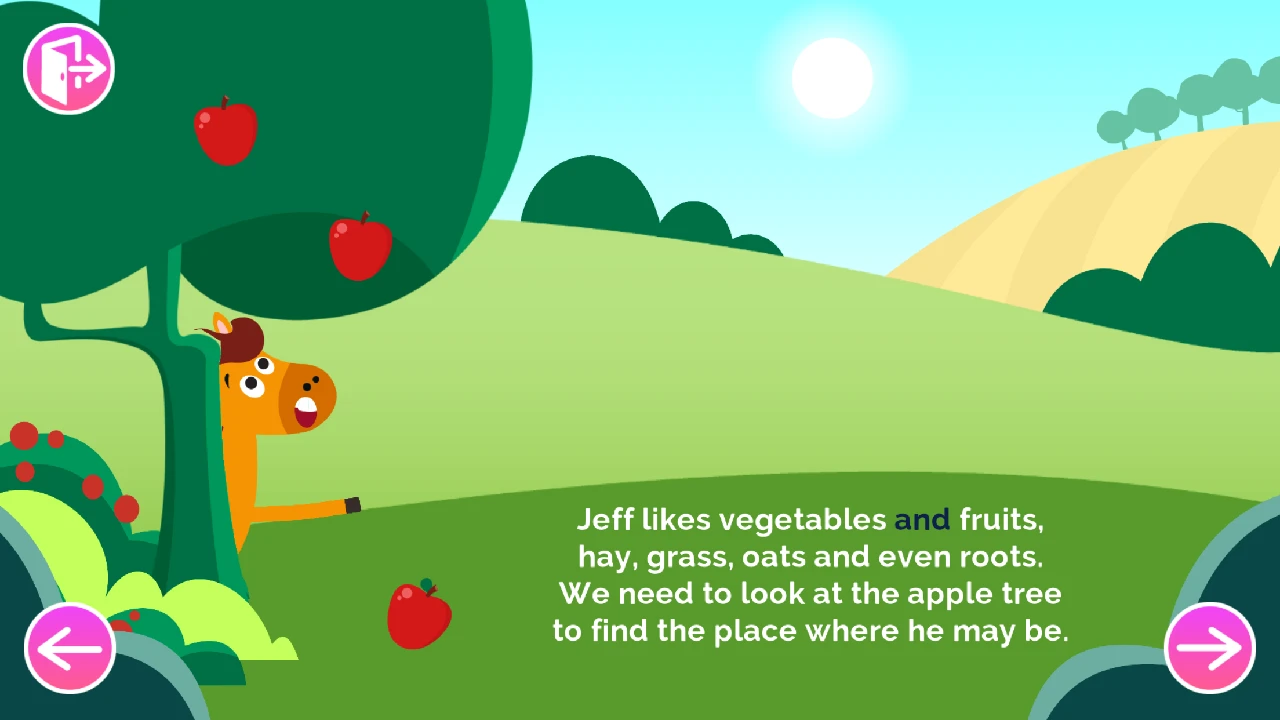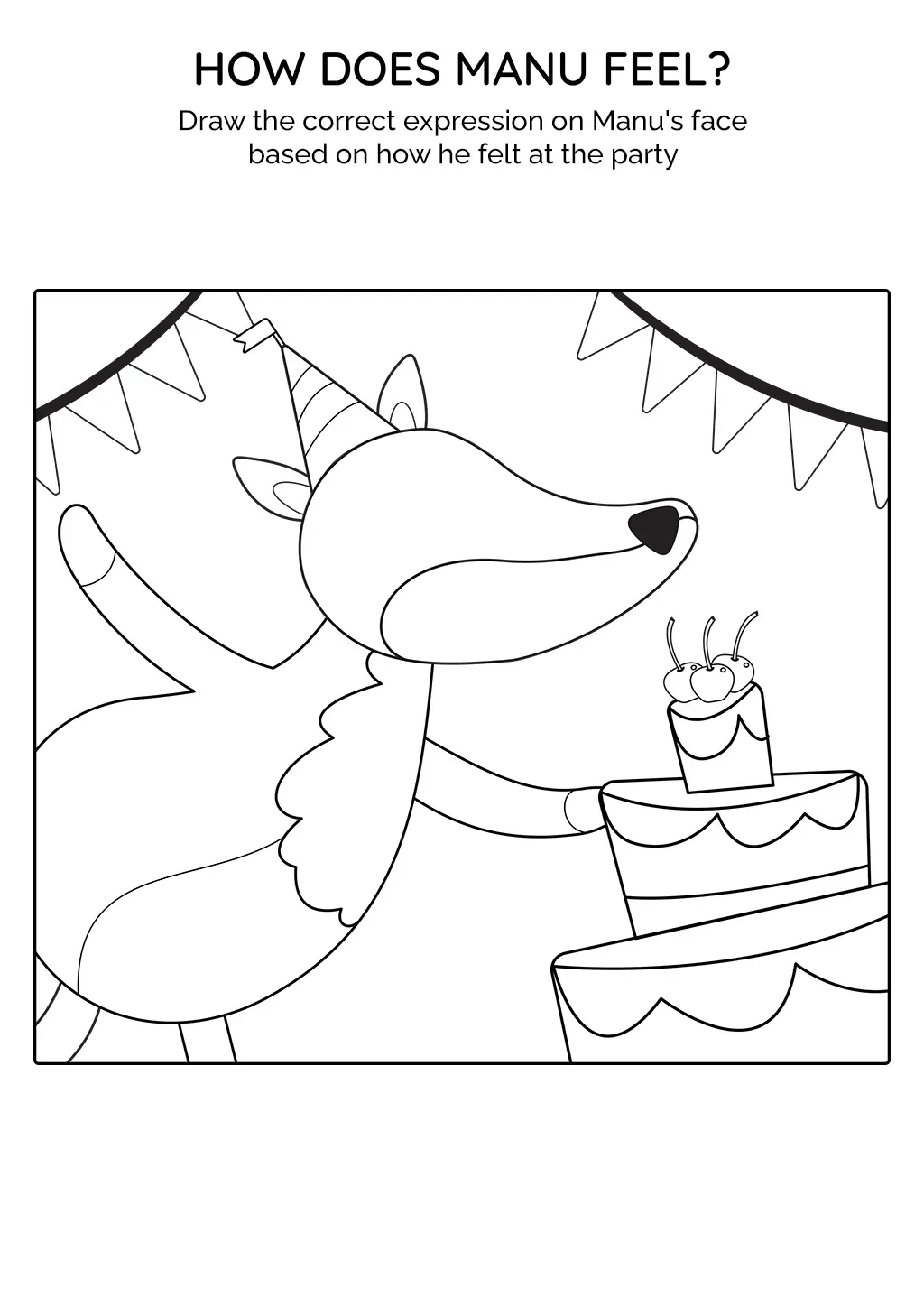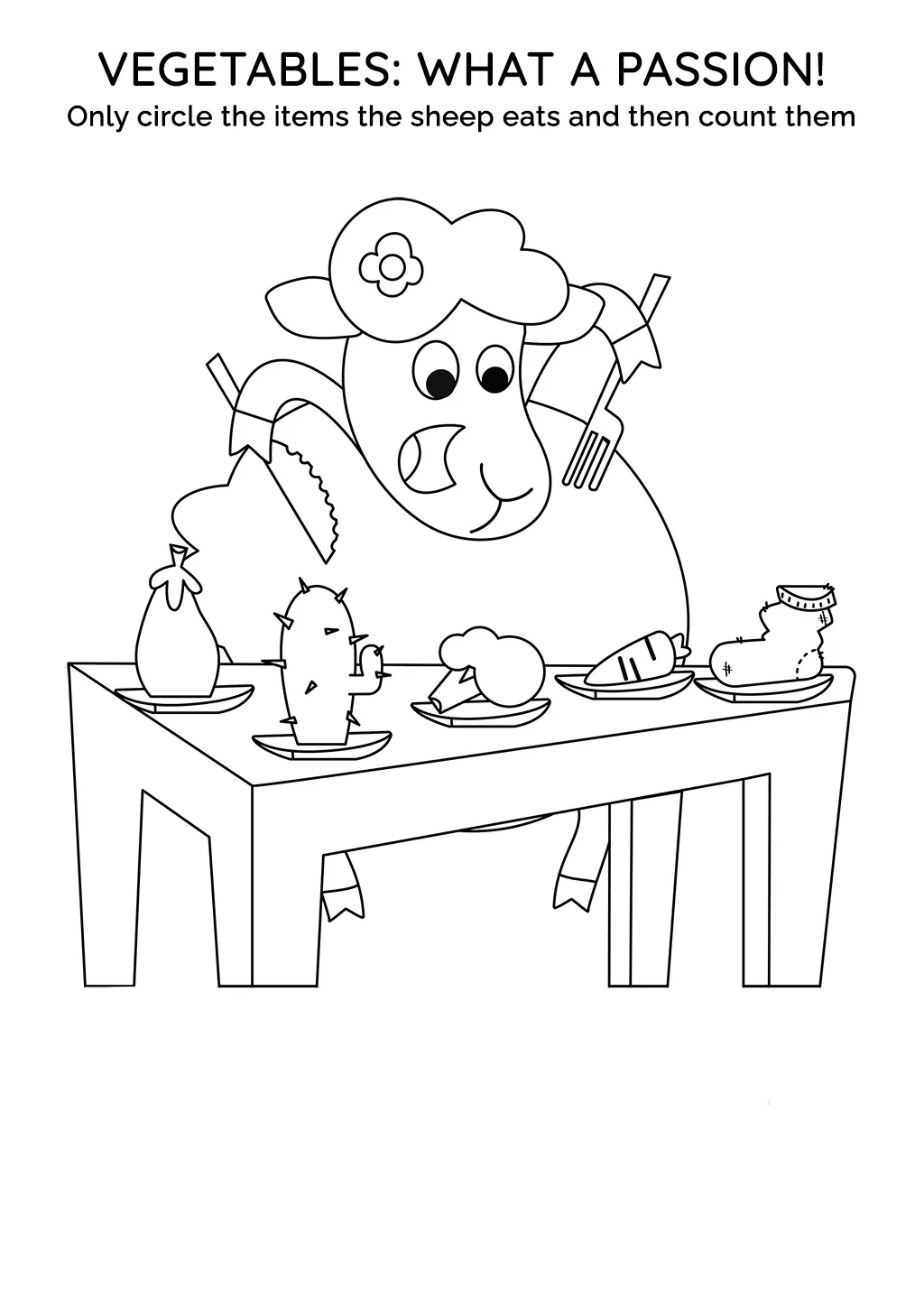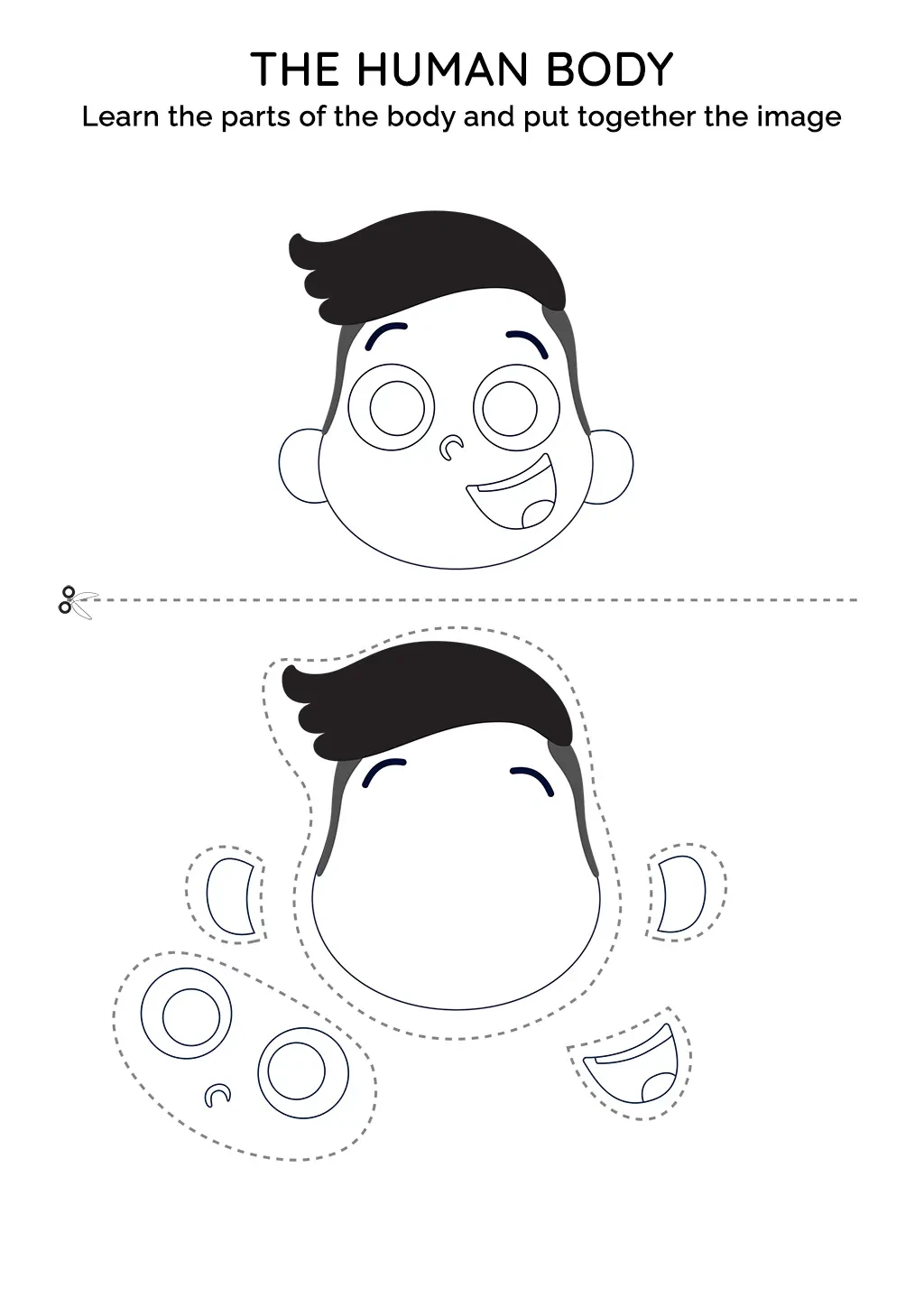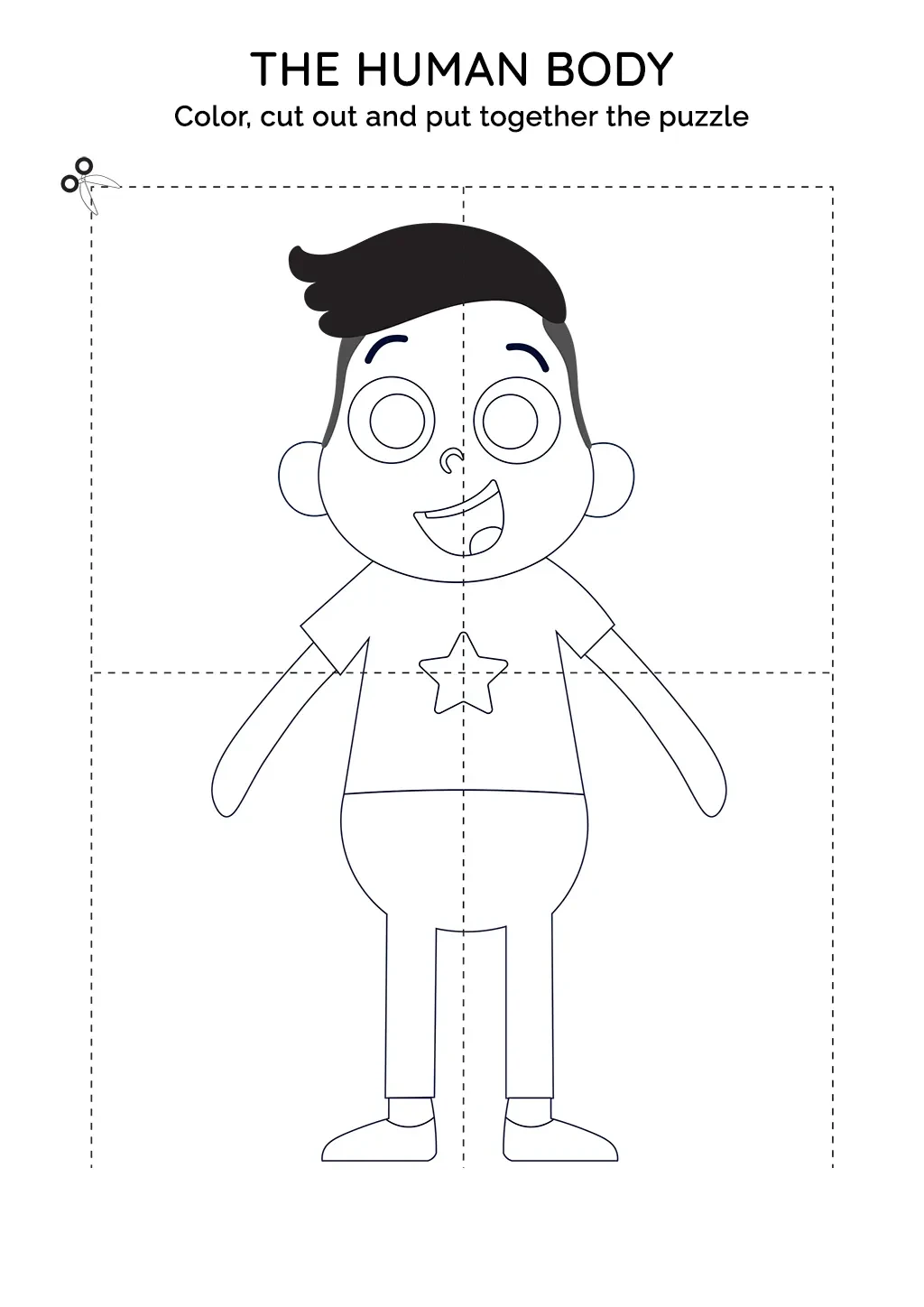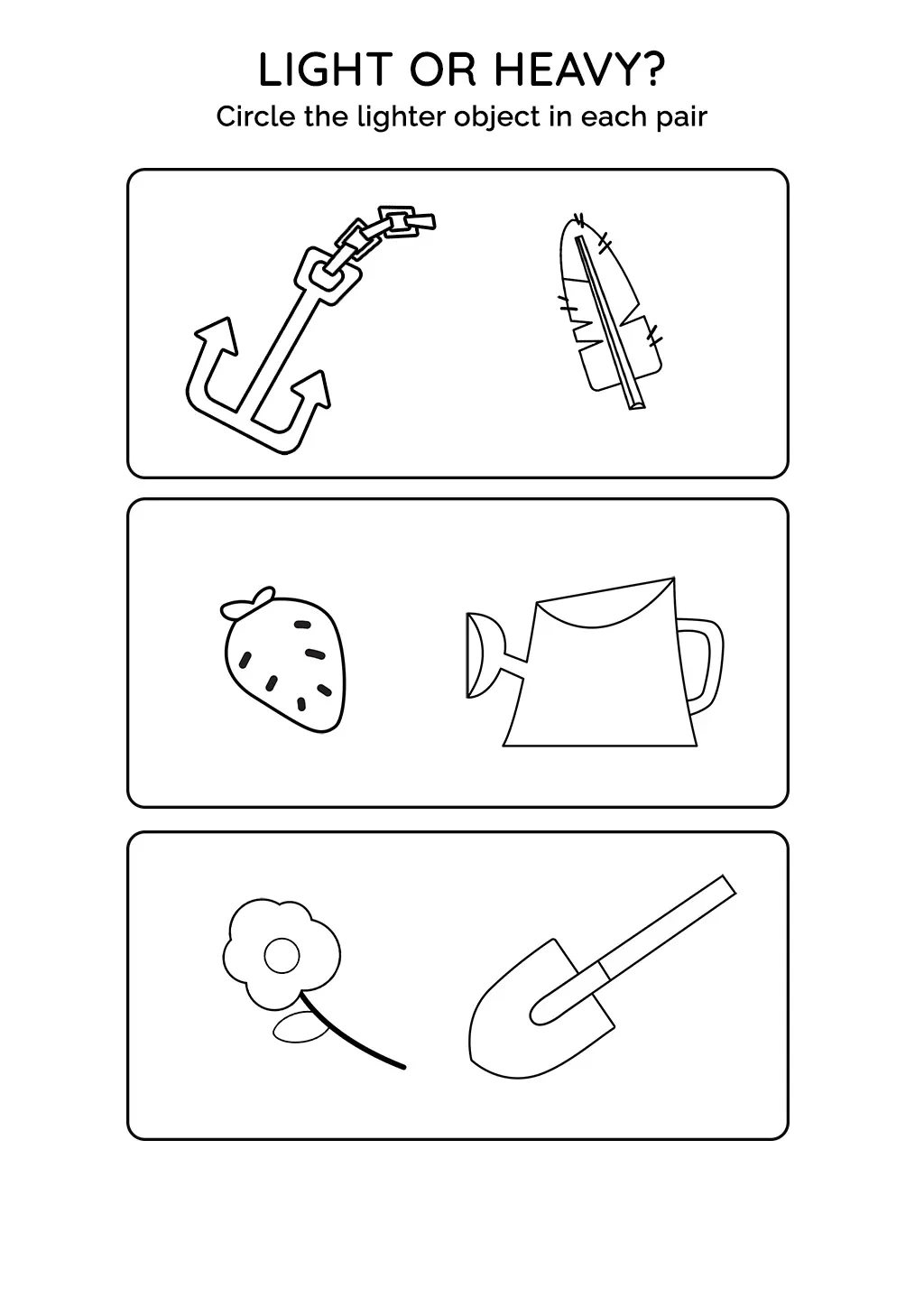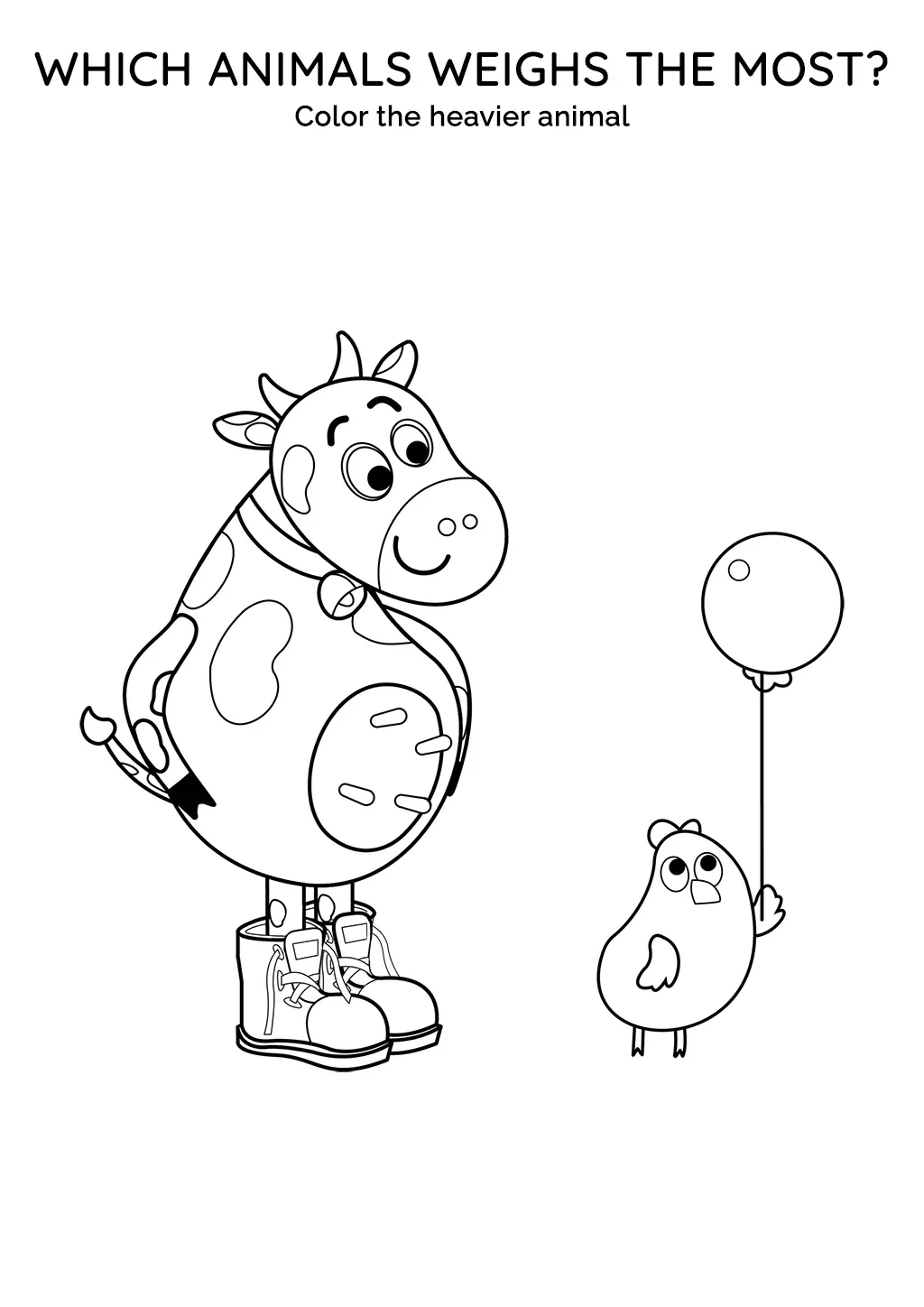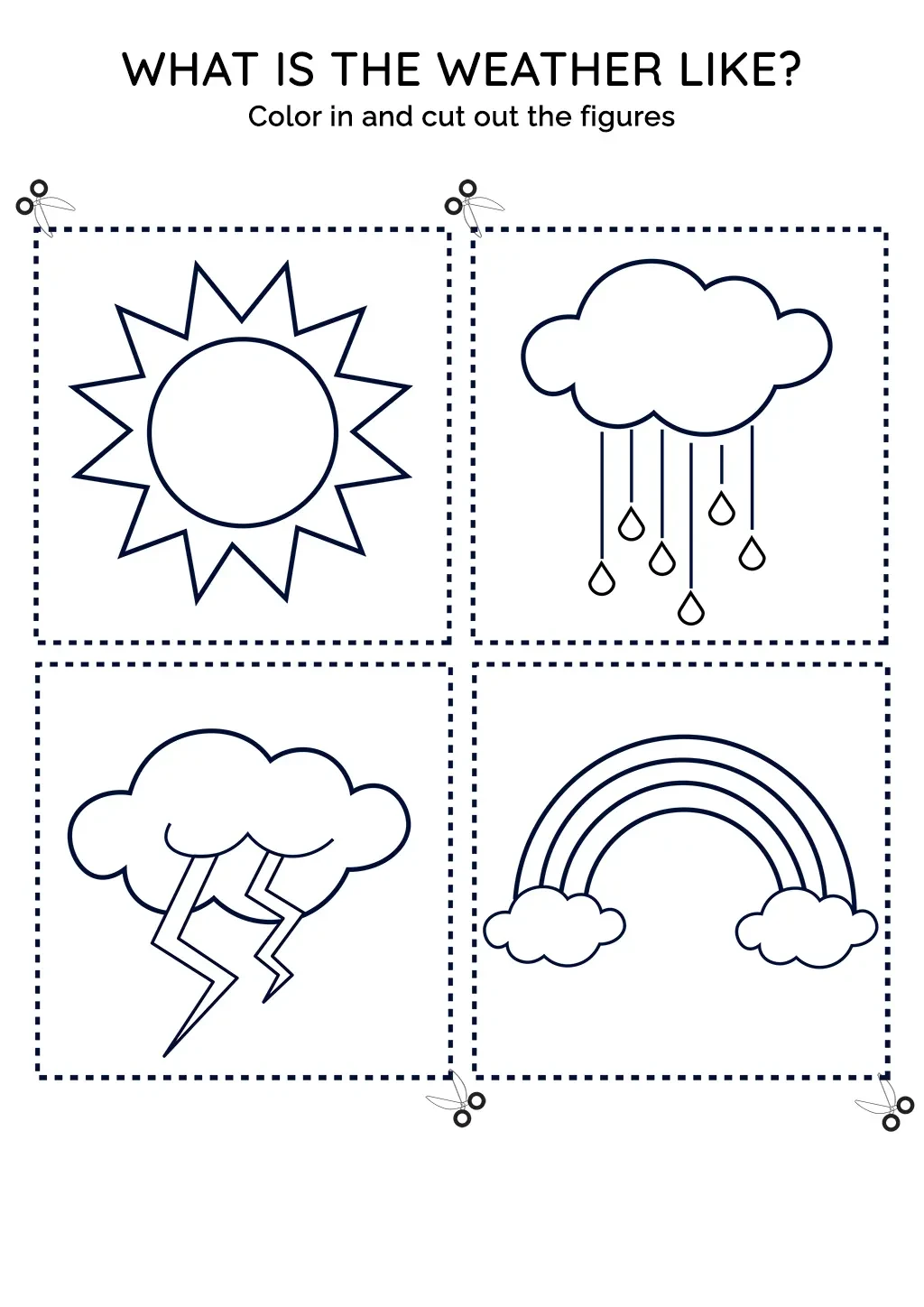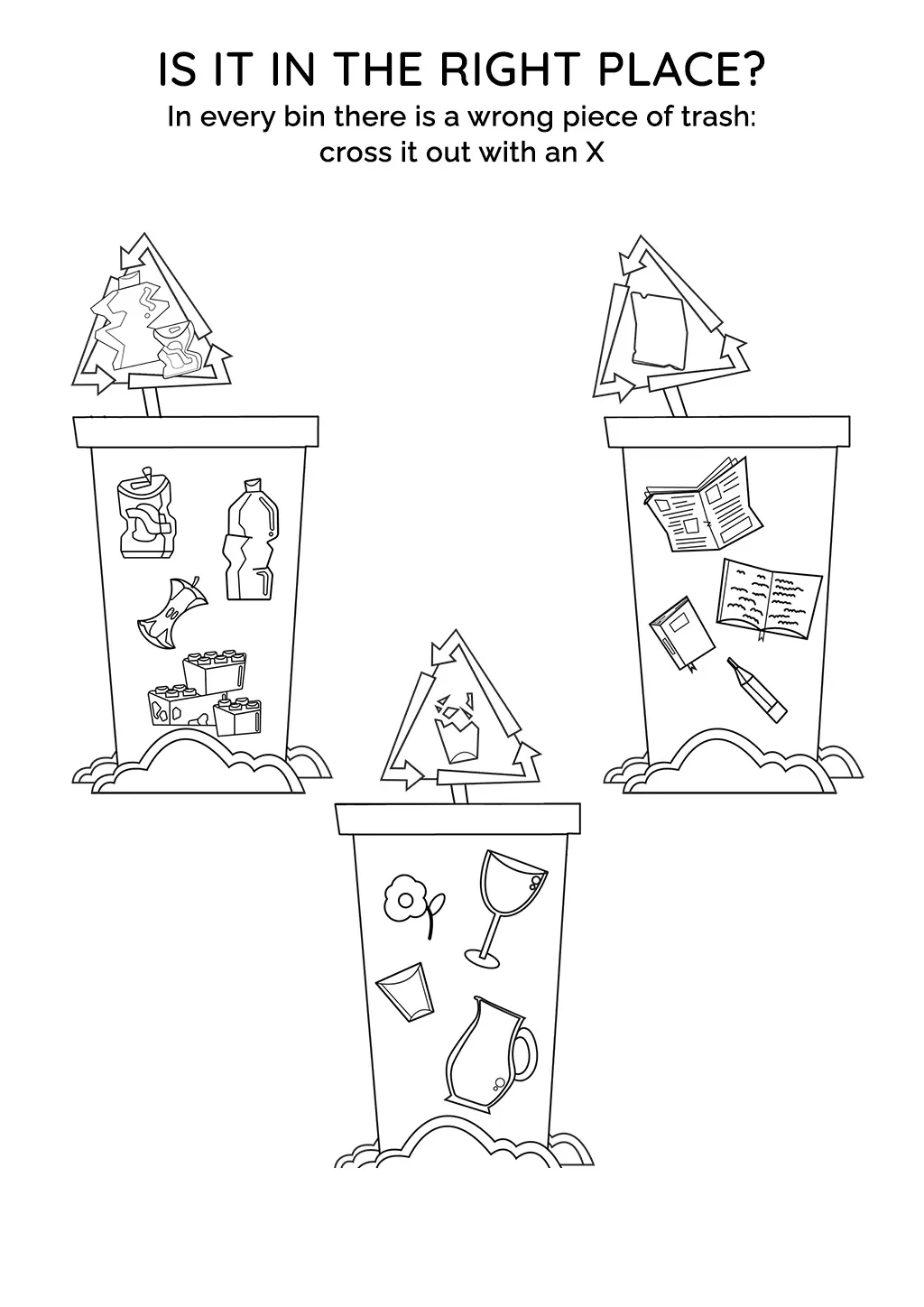In the universe we inhabit, everything we touch, see, and experience is made up of materials. From the food we eat, the clothes we wear, to the devices we use – materials shape our world. As parents and educators, introducing children to the properties of materials can open up a universe of knowledge and fascination. Through understanding these properties, children not only learn about the physical world but also develop critical skills in science and engineering. The intriguing world of materials offers a wealth of opportunities for children aged 3 to 6 to observe, interact, and comprehend their surroundings. Grasping the basic properties of materials can further lay the foundation for learning more complex scientific concepts in later years. So, let’s dive in!
At a fundamental level, the properties of materials refer to the characteristics that define and distinguish different materials. These properties can be physical, such as color, texture, and hardness, or chemical, like reactivity with water or resistance to corrosion. Each property plays a crucial role in determining the material’s behavior and its practical application. For instance, why is a metal spoon used to stir hot soup instead of a plastic one? Or why are umbrellas made of waterproof material? The answers lie in understanding the properties of the materials used. When children comprehend these principles, they gain a practical understanding of the world, enhance their problem-solving skills, and ignite their curiosity to explore further.
Introducing children to the properties of materials doesn’t have to be complicated or monotonous. Here are some engaging and practical activities you can use:
Remember, the key is to keep the learning process interactive and fun. With these activities, children will not only learn about materials but also engage their senses, fuel their creativity, and develop a love for science.
In the diverse and engaging universe of Smart Tales, parents and educators can make learning the properties of materials an exciting adventure. The application provides a variety of stories, games, and educational worksheets, all designed to introduce and reinforce the concept of materials and their properties. With its hands-on, interactive, and immersive approach, Smart Tales can help children delve into the world of materials, fostering a love for science and learning.
Unlock the secrets of the material world with the spellbinding stories in the Smart Tales app. These interactive stories introduce children to different materials and their properties in a captivating and understandable way. Follow along with enchanting characters on their adventures and see firsthand the effects of different materials in a variety of situations.
Learning about the properties of materials is more than just theory with the Smart Tales app. The games incorporated in the app invite children to touch, feel, and interact with various materials in a virtual environment. This hands-on approach not only keeps them engaged but also enhances their understanding of the topic, making learning fun and unforgettable.
Reinforce the understanding of materials and their properties with the educational worksheets from Smart Tales. Developed by educational experts, these worksheets provide exercises that align with the stories and games, creating a comprehensive learning journey. Children can explore materials in greater depth, encouraging curiosity and promoting knowledge retention.
Learning about the properties of materials is fundamental to a child’s understanding of the world around them. Smart Tales offers a dynamic and engaging way to introduce these concepts, fostering a love for learning that lasts a lifetime. By combining interactive stories, exciting games, and informative worksheets, Smart Tales provides a comprehensive educational journey, equipping children with the knowledge and skills they need to explore their world with curiosity and understanding.

